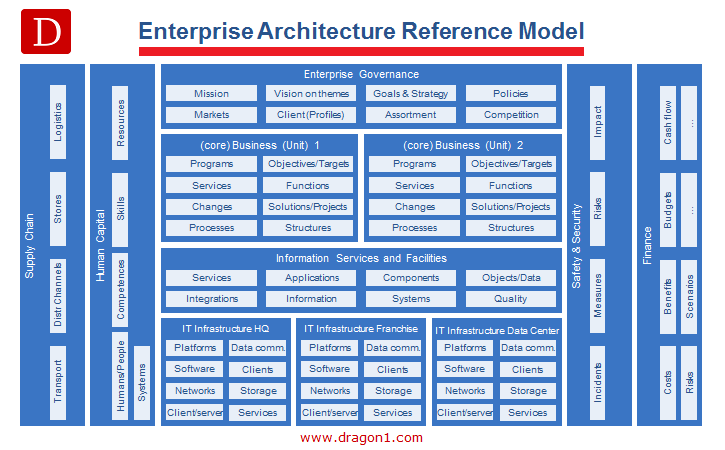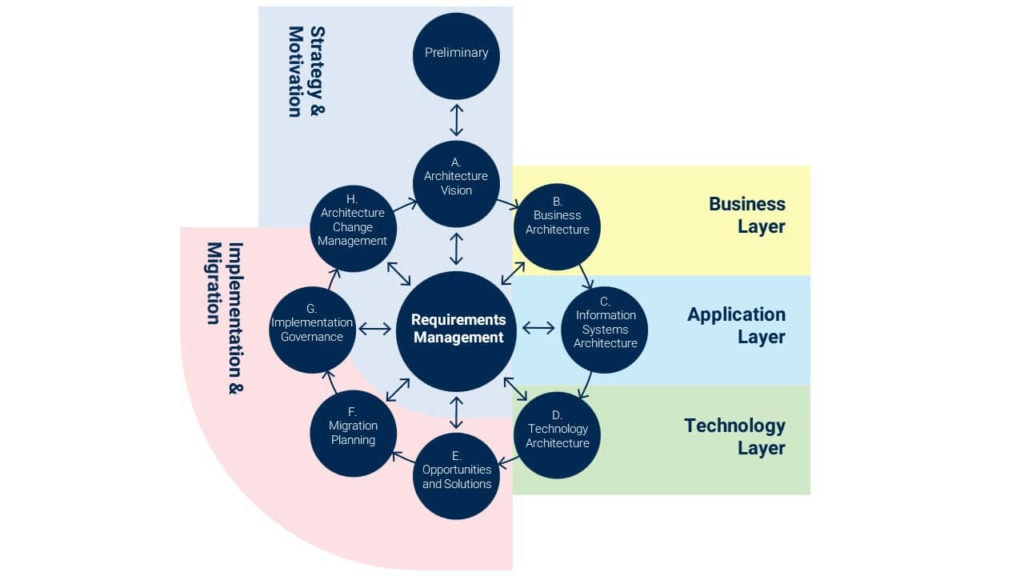Introduction
Application Portfolio Management (APM) is a crucial process for any organization that wants to optimize its IT investments and align them with business goals. It involves assessing and managing the applications within an organization's portfolio, including evaluating their value, cost, risk, and strategic fit. One of the key challenges in APM is determining how to prioritize applications effectively. In this article, we will explore different strategies Helpful hints and techniques for prioritizing applications in Application Portfolio Management.
How Does Enterprise Architecture Influence Application Prioritization?
Enterprise Architecture (EA) plays a significant role in the prioritization of applications within an organization. EA provides a holistic view of an organization's IT landscape and helps identify dependencies, redundancies, and gaps in the application portfolio. By analyzing the enterprise architecture, organizations can understand how each application supports business processes, identify potential synergies or conflicts between applications, and make informed decisions about which applications to prioritize.

Leveraging Enterprise Architecture Tools for Effective Prioritization
To prioritize applications effectively, organizations can utilize various Enterprise Architecture tools available in the market. These tools provide capabilities such as application inventory Find more info management, impact analysis, cost assessment, risk evaluation, and strategic alignment analysis. By leveraging these tools, organizations can gather comprehensive data about their application portfolio and make data-driven decisions based on objective criteria.
Benefits of Using Enterprise Architecture Tools for Prioritization
- Improved visibility: Enterprise Architecture tools provide a centralized repository for application data, allowing stakeholders to have a clear view of the entire portfolio. Enhanced collaboration: These tools enable collaboration among different teams involved in APM by providing a platform for sharing information and insights. Data-driven decision-making: With access to accurate and up-to-date data about applications, organizations can make informed decisions based on objective criteria rather than subjective opinions. Increased efficiency: By automating tasks such as impact analysis and cost assessment, EA tools streamline the application prioritization process and save valuable time.
Solution Architecture Management and its Role in Prioritization
Solution Architecture Management (SAM) is another critical aspect of prioritizing applications in APM. SAM focuses on defining and implementing technology solutions that meet business requirements. By considering solution architecture factors such as scalability, performance, security, and integration capabilities, organizations can prioritize applications based on their alignment with the overall IT strategy.
The Role of a Solution Architect in Application Prioritization
A Solution Architect plays a pivotal role in application prioritization within an Click here! organization. They collaborate with business stakeholders, IT teams, and enterprise architects to evaluate the strategic importance of each application. Based on their expertise and understanding of the organization's goals, they assess the technical feasibility, risks, costs, and benefits associated with each application and provide recommendations for prioritization.
How ServiceNow Application Portfolio Management Supports Prioritization
ServiceNow Application Portfolio Management (APM) is a powerful tool Browse this site that helps organizations streamline the application prioritization process. It provides features such as application scoring, cost analysis, risk assessment, and strategic alignment evaluation. By leveraging ServiceNow APM tools, organizations can gain valuable insights into their application portfolio and make informed decisions about which applications to prioritize.
Key Features of ServiceNow APM Tools for Prioritization
Application scoring: ServiceNow APM tools allow organizations to define criteria for evaluating applications and assign scores based on those criteria. This helps in objectively assessing the value and importance of each application. Cost analysis: These tools enable organizations to analyze the cost implications of different applications by considering factors such as licensing fees, maintenance costs, infrastructure requirements, and resource allocation. Risk assessment: ServiceNow APM tools provide capabilities for evaluating the risks associated with each application, including security vulnerabilities, compliance issues, and potential impact on business operations. Strategic alignment evaluation: With ServiceNow APM tools, organizations can assess the alignment of each application with the overall IT strategy and business goals. This helps in prioritizing applications that contribute most effectively to the organization's objectives.FAQs
Q1: What is Application Portfolio Management (APM)?
A1: Application Portfolio Management (APM) is a process that involves assessing and managing an organization's applications to optimize their value, cost, risk, and strategic fit.
Q2: Why is application prioritization important in APM?
A2: Application prioritization helps organizations make informed decisions about how to allocate resources, investments, and efforts towards applications that align with business goals and deliver the most value.

Q3: How does enterprise architecture influence application prioritization?
A3: Enterprise architecture provides a holistic view of an organization's IT landscape, helping identify dependencies, redundancies, and gaps in the application portfolio. This information influences the decision-making process for application prioritization.
Q4: What role does solution architecture management play in application prioritization?
A4: Solution Architecture Management focuses on defining technology solutions that meet business requirements. Consideration Click for info of solution architecture factors helps prioritize applications based on their alignment with the overall IT strategy.
Q5: How can ServiceNow APM tools support application prioritization?
A5: ServiceNow APM tools provide features such as application scoring, cost analysis, risk assessment, and strategic alignment evaluation. These capabilities enable organizations to make data-driven decisions about application prioritization.
Q6: What are the benefits of using Enterprise Architecture tools for application prioritization?
A6: The benefits of using Enterprise Architecture tools include improved visibility into the application portfolio, enhanced collaboration among stakeholders, data-driven decision-making based on objective criteria, and increased efficiency through automation.
Conclusion
Prioritizing applications in Application Portfolio Management is a complex process that requires careful consideration of various factors such as value, cost, risk, and strategic fit. By leveraging Enterprise Architecture tools, Solution Architecture Management, and ServiceNow Application Portfolio Management tools, organizations can make data-driven decisions about which applications to prioritize. This ensures that resources are allocated effectively, investments are optimized, and business goals are achieved. Effective application prioritization is crucial for maximizing the value of an organization's IT investments and driving digital transformation.